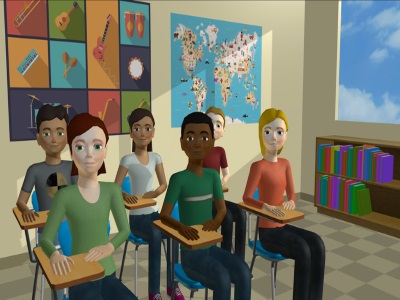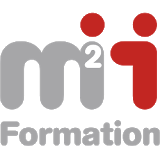In 2016 and 2017, I was asked by Orange to bring my expertise in the context of the migration of their old LMS (MOS Chorus, Skillsoft, Saba, etc.), accumulated over time and different entities / divisions of the group, towards a new centralized LMS and more adapted to the needs of identification and improvement of internal competences.
This is how I took part in the "Orange Learning" program, whose ambition is ultimately to train (or retrain) the group's 150000+ employees. The new LMS is Cornerstone on Demand (CSOD), a global leader in e-learning with a white label and SaaS platform.
With a great autonomy (overloaded project manager), my role was to:
- Identify the data to extract from old LMS (user profiles, training history, certifications, etc.)
- Adapt the data to the Cornerstone format (transcripts)
- Supervise the Orange technical teams responsible for de-supplying the old systems
- Coordinate the Cornerstone technical teams for injecting data into the new system
- Update or create new dashboards (users, logins, time spent, etc.)
Most of my work involved providing project management support with a significant increase in workload. The technical environment was varied: Windows Server 2012 (IIS, .NET, SQL Server) and Red Hat (Linux, Apache, MySQL, PHP). The servers were virtualized (Hyper-V, VMware) with rebound access via Citrix.
I had the opportunity to use a wide range of tools from Git (versioning), WinSCP (SFTP), PuTTY (SSH), SQLYog (SQL), Zend (PHP), Talend (Java) as ETL (cloud/big data) and some Korn Shell (RHEL) and Powershell (Windows) scripts to create or update (crontab, execution tracing, error reporting, etc.).
This transverse project was interesting. Less interesting, the inertia of a large group and the difficulty of knowing who does what!
A rigorous quality process was in place, including traceability of the decision-making chain, continuous monitoring of business processes (for improvement purposes) and the search for the best possible user experience.
Security was ubiquitous, which is a good thing. Any operation on the network infrastructure (port opening, installation of an SSL certificate on a reverse proxy, etc.) had to be properly qualified before being submitted for validation.
Regarding the organization, there were many conf calls with a schedule/assignment of tasks following an agile methodology (Scrum, Kanban) with Atlassian Jira (for the user stories, sprint planning, backlog, etc.).
Visit the website
























